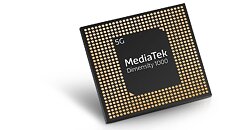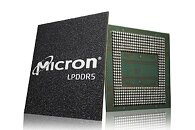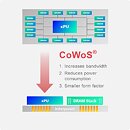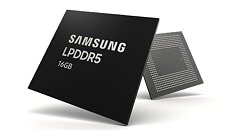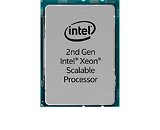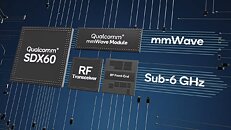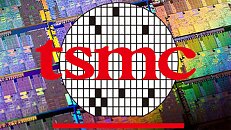
HTC Vive Launches VIVE XR Suite
HTC VIVE, a global leader in innovative technology, today officially announces it will enter the cloud software business with the VIVE XR Suite offering at its hybrid event, "Journey into the Next Normal", which took place physically in Shanghai and online through the Engage virtual events platform. Comprised of five separate applications covering remote collaboration, productivity, events, social and culture, the VIVE XR Suite gives users the tools they need to overcome the new challenges faced while working and living in a socially distant world. The VIVE XR Suite is targeted to launch in Q3 2020 in China, with additional regions to follow throughout the year.
The VIVE XR Suite is comprised of 5 major applications (VIVE Sync, VIVE Sessions, VIVE Campus, VIVE Social, and VIVE Museum) to meet the daily needs of the users to overcome the new challenges faced by users around the world who are working, learning and living remotely. Although it is called an XR Suite, it is important to note that this software is not dependent on VR/AR devices to function. All the applications will function on existing PCs/laptops and some apps will even support modern smartphones, but for a superior immersive experience, PC VR or standalone VR devices would be recommended. Users will be able to login to all apps in the suite using a single account and across various devices they own. This integrated application bundle which is created in partnership with the leading software companies in their respective areas will provide a seamless experience for the consumer and business user. The CEO's of all the software partners in the VIVE XR Suite (Immersive VR Education, VirBELA, VRChat, and Museum of Other Realities) attended the event live via video and within VR in avatar form.
The VIVE XR Suite is comprised of 5 major applications (VIVE Sync, VIVE Sessions, VIVE Campus, VIVE Social, and VIVE Museum) to meet the daily needs of the users to overcome the new challenges faced by users around the world who are working, learning and living remotely. Although it is called an XR Suite, it is important to note that this software is not dependent on VR/AR devices to function. All the applications will function on existing PCs/laptops and some apps will even support modern smartphones, but for a superior immersive experience, PC VR or standalone VR devices would be recommended. Users will be able to login to all apps in the suite using a single account and across various devices they own. This integrated application bundle which is created in partnership with the leading software companies in their respective areas will provide a seamless experience for the consumer and business user. The CEO's of all the software partners in the VIVE XR Suite (Immersive VR Education, VirBELA, VRChat, and Museum of Other Realities) attended the event live via video and within VR in avatar form.

















